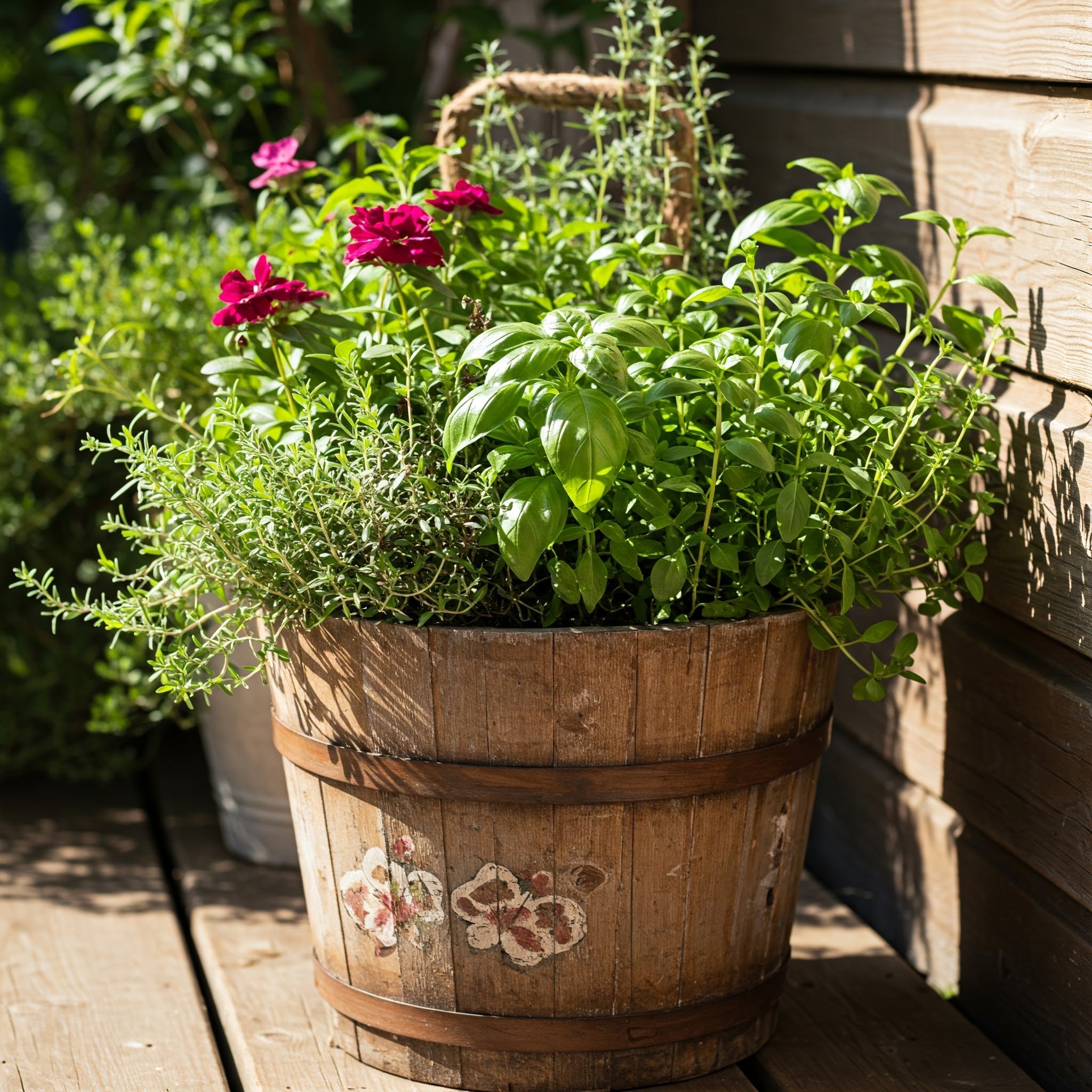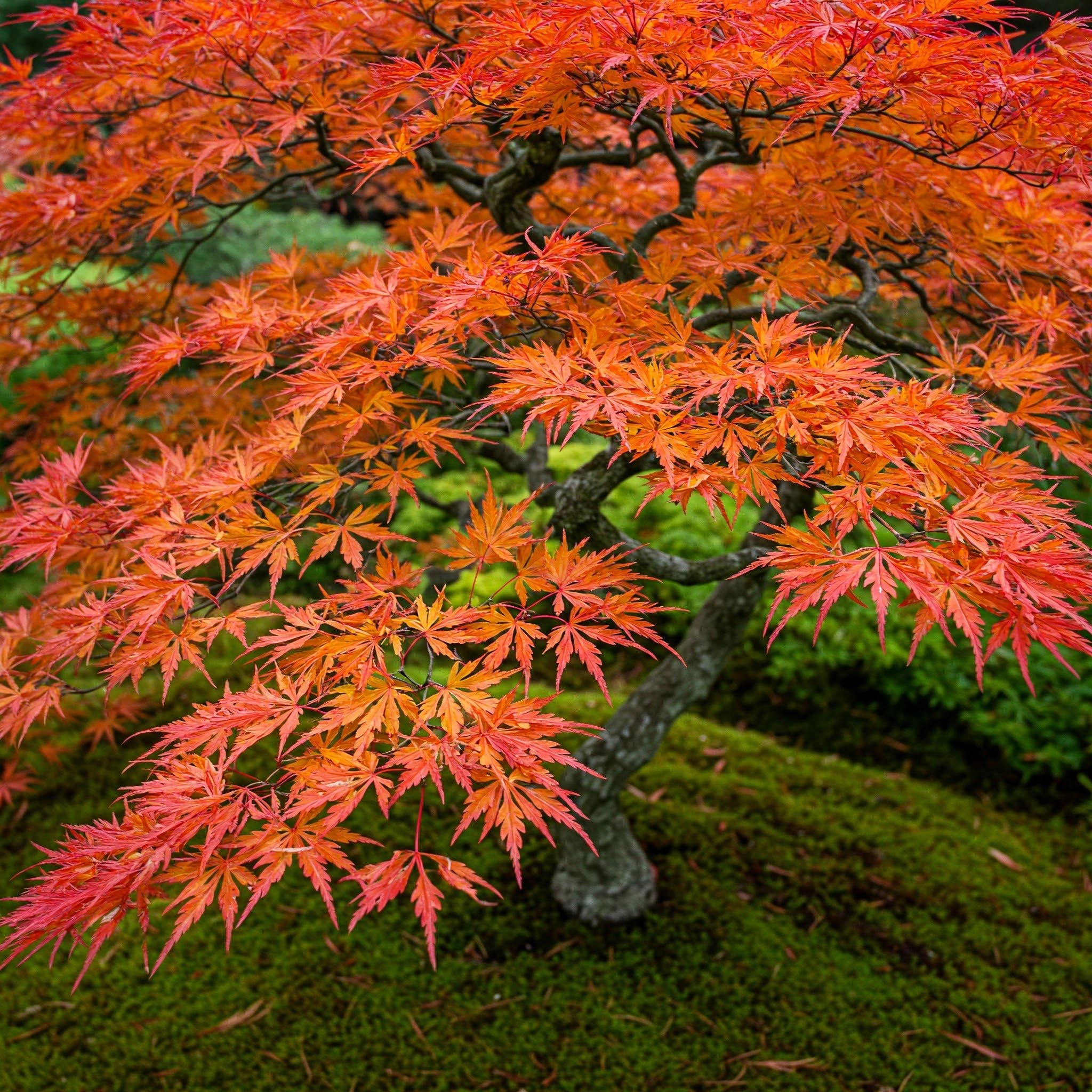How to Prune Lavender for Healthier Growth
Discover the best techniques for pruning lavender to ensure healthier growth and vibrant blooms. This comprehensive guide covers timing, methods, and care tips for your lavender plants.
Ah, lavender! The fragrant, purple-hued herb that instantly transports you to a sun-drenched Mediterranean landscape. Not only does lavender add a pop of color and a lovely scent to your garden, but it’s also a fantastic plant for attracting pollinators. However, to keep your lavender looking its best and growing vigorously, you’ll need to know how to prune it effectively.
So, how to prune lavender for healthier growth? In this guide, we’ll cover everything you need to know about lavender pruning, including the best times to do it, the tools you'll need, and the techniques that ensure your plants thrive. Whether you're a seasoned gardener or a newbie, pruning lavender is an essential skill that’ll reward you with bountiful blooms year after year. Let’s dive in!
1. Understanding Lavender
What is Lavender?
Lavender is a perennial herb that belongs to the mint family (Lamiaceae). It’s beloved for its aromatic flowers and essential oils, often used in aromatherapy and cooking. Lavender plants can thrive in a variety of climates but prefer well-drained soil and plenty of sunlight.
Different Types of Lavender
While there are many varieties, the most common ones include:
English Lavender (Lavandula angustifolia): English Lavender (Lavandula angustifolia) is prized for its sweet, soothing fragrance and vibrant purple blooms. This versatile plant not only enhances gardens with its beauty but also attracts pollinators like bees and butterflies. It thrives in sunny areas and is commonly used in aromatherapy and dried arrangements.
French Lavender (Lavandula dentata): French Lavender (Lavandula dentata) stands out with its serrated, gray-green leaves and distinctive flower spikes topped with bracts that resemble small petals. Known for its subtle fragrance, it thrives in warm climates and adds texture and charm to gardens, making it a popular choice for decorative landscaping.
Spanish Lavender (Lavandula stoechas): Spanish Lavender (Lavandula stoechas) is easily recognizable by its unique, pineapple-shaped flower heads topped with colorful, petal-like bracts. With a stronger, more herbal fragrance than other lavender varieties, it thrives in hot, dry climates and adds a striking visual element to gardens and landscapes.
2. Why Prune Lavender?
Promotes Healthy Growth
Pruning helps keep lavender plants healthy by stimulating fresh growth. Removing old, dead wood allows the plant to direct its energy toward developing new stems, leaves, and flowers. Regular pruning also helps maintain the plant’s shape, prevents it from becoming woody, and promotes a fuller, more vibrant appearance.
Prevents Woody Stems
Over time, lavender can become woody and less attractive if not pruned regularly, making it harder to manage and reducing flower production. Pruning prevents this by encouraging fresh growth and maintaining a lush, bushy appearance. Consistent care ensures your lavender stays vibrant and healthy for years.
Encourages Blooms
Pruning stimulates the plant to produce more flowers. By cutting back spent blooms, you can encourage a second round of flowering, allowing you to enjoy those lovely lavender blooms even longer.
3. When to Prune Lavender
Seasonal Considerations
The best time to prune lavender is typically in early spring, just as new growth begins to emerge. This timing allows you to remove any dead or damaged stems before the plant puts out fresh growth.
Signs It's Time to Prune
Look for these signs that your lavender needs a good trim:
Stems are becoming woody.
Flowers have faded.
The plant looks unkempt or sparse.
4. Tools You'll Need
Essential Pruning Tools
Pruning Shears: A sharp, quality pair of pruning shears is essential for clean cuts.
Gloves: Protect your hands from scratches and irritations.
Trowel: Handy for digging out any old plants or weeds nearby.
Optional Tools for Advanced Care
Loppers: For larger plants or thicker stems.
Rake: To clear debris around your lavender plants.
5. How to Prune Lavender for Healthier Growth
Step-by-Step Pruning Guide
Prepare Your Tools: Prepare your tools before pruning by ensuring your shears are sharp and clean, which allows for precise cuts without damaging the plant. Disinfect the blades with rubbing alcohol or a diluted bleach solution to prevent the spread of diseases, keeping your lavender healthy and thriving.
Assess the Plant: Assess your lavender plant carefully before pruning. Look for stems that are dead, damaged, or woody, as these should be removed to promote healthy growth. Identifying these problem areas ensures the plant can focus its energy on new stems and flowers, keeping it vibrant and productive.
Make the Cuts:
Cut back about one-third of the plant’s height.
Focus on removing dead or woody stems, cutting just above a pair of healthy leaves or buds. This promotes new growth.
Shape the Plant: Shape your lavender plant into a rounded form to maintain its aesthetics and promote even growth. A dome-like shape allows sunlight to reach all parts of the plant, encouraging fuller foliage and more blooms. Regular shaping also prevents the plant from becoming leggy or unbalanced over time.
Remove Spent Flowers: Remove spent flowers from your lavender by snipping them off just above the first set of leaves. This process, known as deadheading, encourages the plant to focus its energy on producing new blooms instead of seeds, extending the flowering period and keeping the plant looking fresh and vibrant.
Tips for Effective Pruning
Don’t Over-Prune: It’s important to leave enough green growth on the plant to sustain it.
Prune After Flowering: For some varieties, pruning after the last bloom can also be beneficial, as it helps shape the plant for next year.
6. Aftercare for Pruned Lavender
Watering and Fertilizing
After pruning, give your lavender a thorough soak, ensuring the soil stays moist without becoming waterlogged. This helps the plant recover and supports healthy new growth. Follow up with a light application of balanced, slow-release fertilizer to provide essential nutrients for sustained development and vibrant blooms.
Mulching and Protection
Consider adding a layer of mulch around the base of your lavender to retain moisture, suppress weeds, and regulate soil temperature. In colder climates, protect the plant by covering the base with straw or fabric, providing insulation against frost and helping it survive harsh winter conditions.
7. Common Mistakes to Avoid
Over-Pruning
Over-pruning can stress lavender, weakening the plant and hindering its growth. To avoid this, always prune conservatively, removing only about one-third of the plant at a time. When in doubt, it’s better to take off less rather than more, ensuring the plant stays healthy and vigorous.
Ignoring Plant Health
Be mindful of your lavender’s overall health before pruning. If the plant shows signs of disease, pests, or distress—such as yellowing leaves or wilting—it’s essential to address these issues first. Pruning a stressed plant can worsen its condition, so focus on recovery before trimming.
Conclusion
Pruning lavender may seem daunting, but with a little practice, it becomes second nature. Regular pruning not only keeps your plants healthy and looking fabulous but also encourages those gorgeous blooms we all adore. So grab your tools, roll up your sleeves, and enjoy the process of caring for your lavender!
Frequently Asked Questions
1. Can I prune lavender in the fall?
It’s best to prune in the spring after the last frost. However, you can do light pruning in the fall if necessary, just avoid cutting too much.
2. How much should I prune my lavender?
Generally, prune about one-third of the plant's height to keep it healthy without stressing it.
3. What should I do if my lavender is too woody?
If your lavender is becoming too woody, you can cut it back more aggressively, but ensure you leave some green growth for the plant to recover.
4. Can I use regular garden shears for pruning lavender?
While you can use regular garden shears, it’s best to use pruning shears for cleaner cuts, which help prevent damage to the plant.
5. How can I encourage more blooms?
Regular pruning, proper watering, and adequate sunlight can help encourage more blooms in your lavender plants.

































